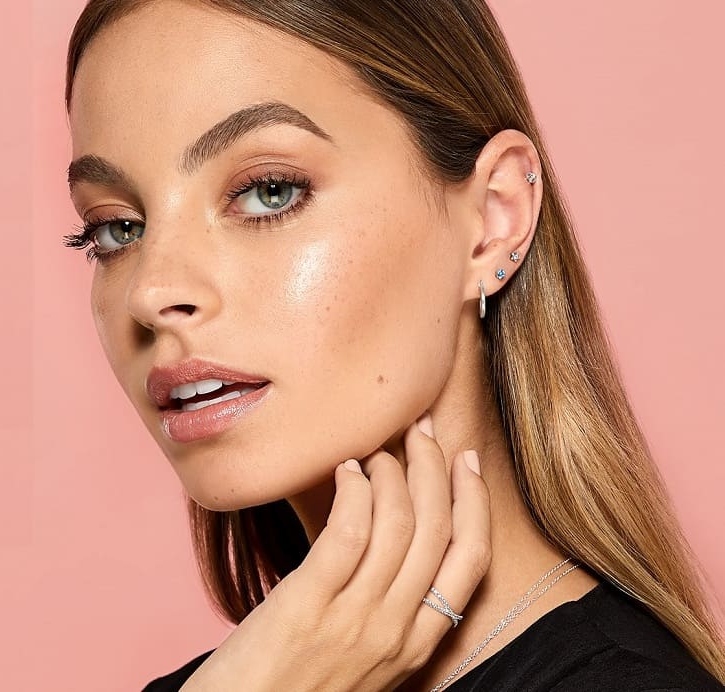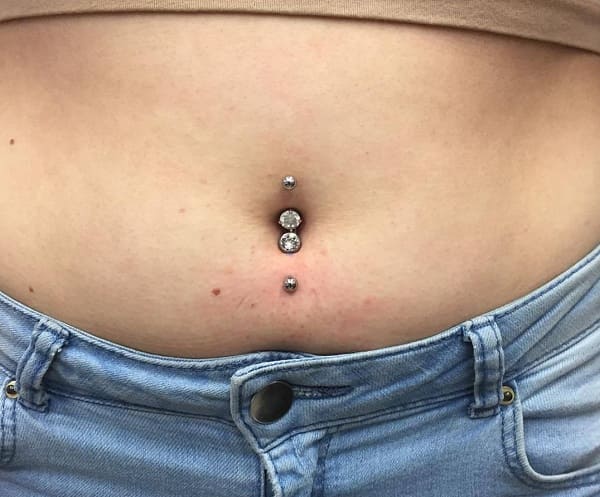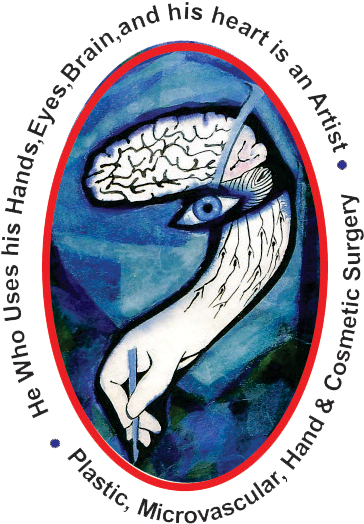Body Piercing
Ear, Nose, Umblilicus
A body piercing is just what it sounds like: a piercing or puncture made in the body by a needle. After that, a piece of jewelry is inserted in the hole. Commonly pierced body parts are the ears, nose, and the belly button.




Body piercing is when a hole is made in your body so you can add a piece of jewelry for decoration. The earlobe is the most common body piercing. Some people also pierce their ear cartilage (the hard part of the outer ear). Other places to pierce include the eyebrow, nose, tongue, lip, belly button, nipples, and genitals.
How is piercing performed?
A single-use, sterilized piercing gun is typically used to insert an earring into the earlobe. For other parts of the body, a hollow needle is used to pierce a hole in the skin. The person doing the piercing will insert a piece of jewelry into the hole.
The safest piercing guns are single-use guns. That means it’s only used on one customer and then thrown away. This decreases the risk of infection. Piercing guns with sterilized disposable cassettes are also acceptable. But they don’t promise the same level of sterilizing that single-use piercing guns do.
Don’t receive a piercing from a reusable piercing gun that does not have sterilized disposable cassettes. These types of piercing guns cannot be autoclaved. An autoclave is a sterilization machine that uses heat to sterilize all non-disposable piercing tools. It helps make sure all tools are clean before they touch your body. It is an important piece of equipment in a clean piercing shop. Not being able to autoclave a piercing gun increases the risk of infection.
Also, don’t have a piercing performed with a piercing gun on any part of your body except your ear. Doing so can crush the skin and cause more injury than a piercing performed with a hollow needle.
Questions? We got Answers!
If you’re thinking about getting pierced, do your research first. If you’re under 18, some places won’t allow you to get a piercing without a parent’s permission, and some require that a parent be present during the piercing. In some states, minors are not allowed to get piercings.
Before getting a body piercing, make sure you have had all your immunizations (especially hepatitis B and tetanus shots). If you have a medical problem (such as congenital heart disease, allergies, diabetes, a weakened immune system, or a bleeding problem), talk to your doctor before getting pierced. If you plan to get a tongue or mouth piercing, make sure your teeth and gums are healthy.
Also, if you get keloids (an overgrowth of scar tissue), you should probably not get body piercings.
Even though body piercings are generally accepted, some piercings may hurt your chances of getting a job or advancing your career.
Body piercing is regulated in some states but not others. If you decide to get a body piercing, do a little investigative work about a shop’s procedures and find out whether it provides a clean and safe environment for its customers.
Every shop should have an autoclave (a sterilizing machine) and keep sterilized instruments in sealed packets until they are used. Ask questions and make sure that the body piercer:
- is a licensed practitioner
- washes his or her hands before each procedure
- wears fresh disposable gloves (like those worn at a doctor’s office)
- uses single-use needles and sterilized instruments
- uses ear-piercing guns that are sterilized or disposable
The shop also should follow procedures for the proper handling and disposal of waste (like needles or gauze with blood on them).
Before you get a piercing, make sure you know if you’re allergic to any metals. Choose jewelry (including backs or studs) made from metals that are less likely to cause reactions, such as:
- surgical stainless steel
- solid gold (not gold-filled or gold-plated)
- niobium
- titanium
If you think the shop isn’t clean enough, if all your questions aren’t answered, or if you feel in any way uncomfortable, go somewhere else to get your piercing.
This is what to expect from getting a body part pierced:
- The body piercer should wash his or her hands with antibacterial soap and water and wear clean, fresh gloves.
- The area to be pierced (except for the tongue) is cleaned with alcohol or other antiseptic.
- You should see the piercer remove needles and equipment from sterile containers.
- Your skin is then punctured with a very sharp, single-use needle. The piece of jewelry, which has already been sterilized, is placed.
- The body piercer disposes of the needle in a special container so that there is no risk of the needle or blood touching someone else.
- The body piercer gives you instructions on how to care for your new piercing and what to do if there is a problem.
We suggest you clean your body piercing with saline solution, but you should speak to your piercing professional after your procedure for important hygiene information.
Healing times differ depending on the location of the piercing and the individual. Some parts of the body will take less time to heal, while others could take anywhere from four months to one year. Your piercing professional will be able to tell you everything you’ll need to know about your healing timeline.
Healing times differ depending on the location of the piercing and the individual. Some parts of the body will take less time to heal, while others could take anywhere from four months to one year. Your piercing professional will be able to tell you everything you’ll need to know about your healing timeline.
It’s normal to have mild swelling and tenderness at the pierced area. Swelling may be significant in the case of a tongue piercing. Serious problems can happen if you try to pierce yourself, have a friend do it for you, or have it done in any unclean environment. Make sure it’s done by a professional in a safe and clean environment.
But even if you are careful, problems can happen. Common problems related to body piercing include:
- pain
- infection
- bleeding
- scarring and keloids
- allergic reaction to the jewelry that’s used
Infections can range from skin or cartilage infections with redness, swelling, tenderness, and pus, to more serious infections like toxic shock syndrome, blood infections, tetanus, and hepatitis. Chipped or cracked teeth can be a problem for people with oral piercings. Tongue swelling and jewelry in the mouth could block the airway, causing serious breathing problems. There’s a chance that jewelry in the nose could be swallowed or inhaled into the lungs.
Depending on the body part that was pierced, healing time can be a few weeks to several months. If you do get a piercing, make sure you take good care of it afterward — don’t pick or tug at it, keep the area clean with water and gentle soap (not alcohol or hydrogen peroxide). Always wash your hands before touching your piercing. If you have a mouth piercing, use an alcohol-free, antibacterial mouthwash or other recommended oral cleanser.
Call your doctor right away if you have bleeding, increased pain, or any signs of infection.

